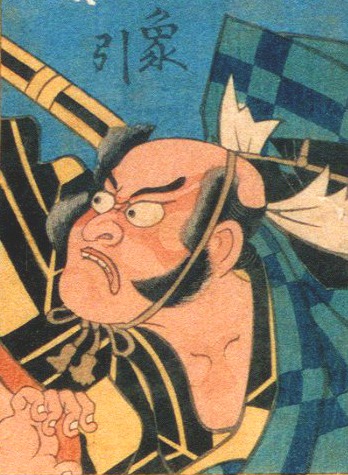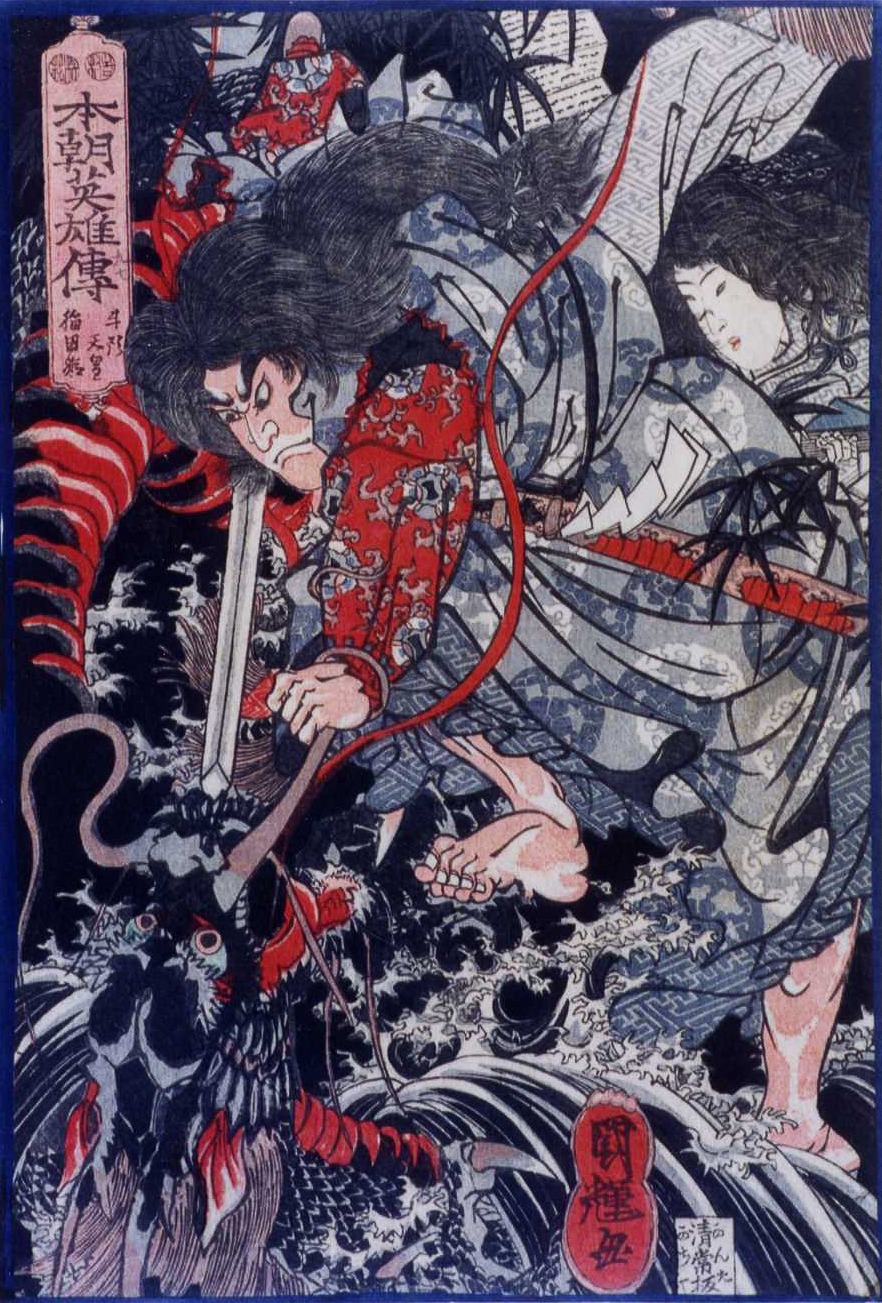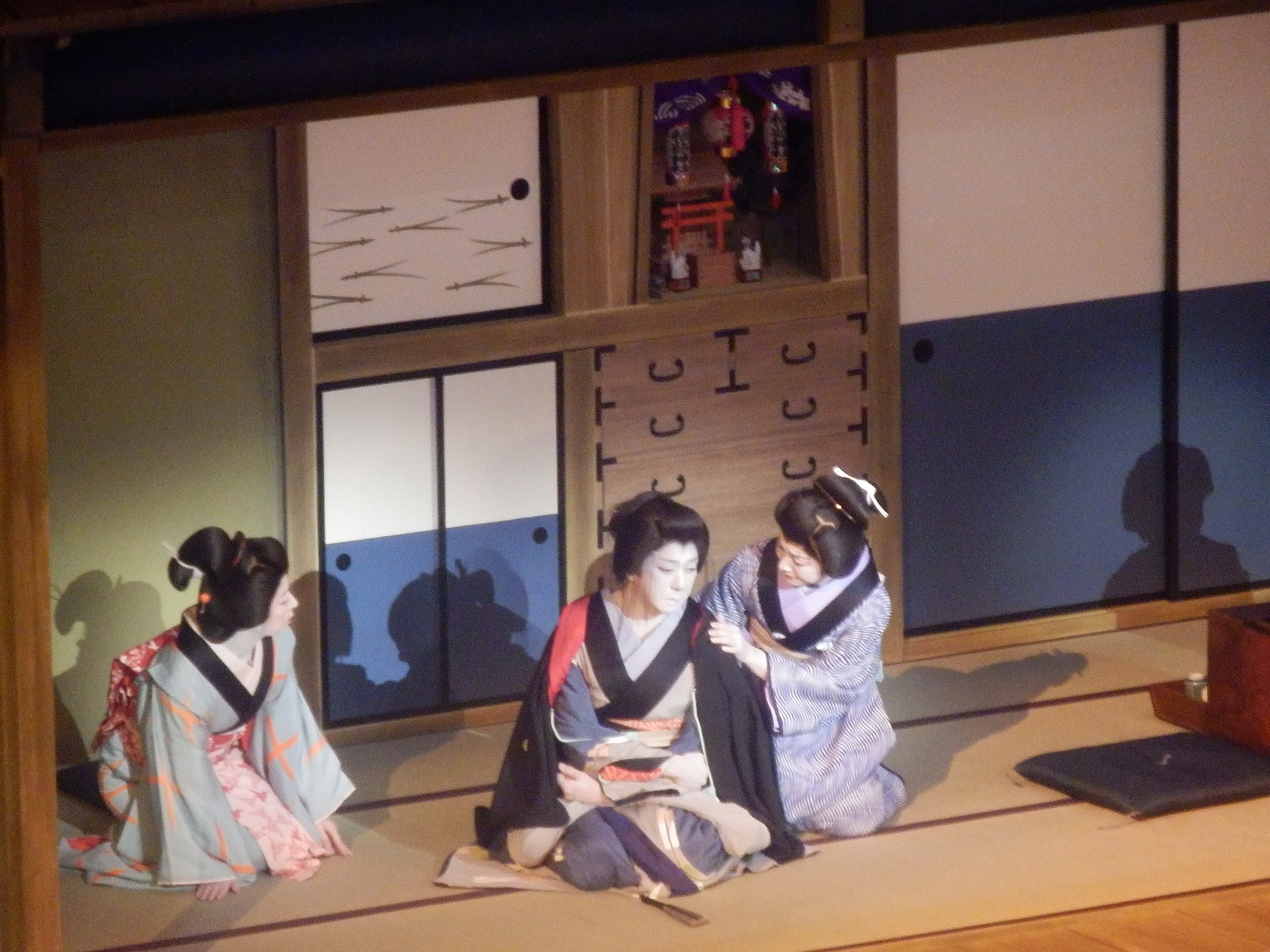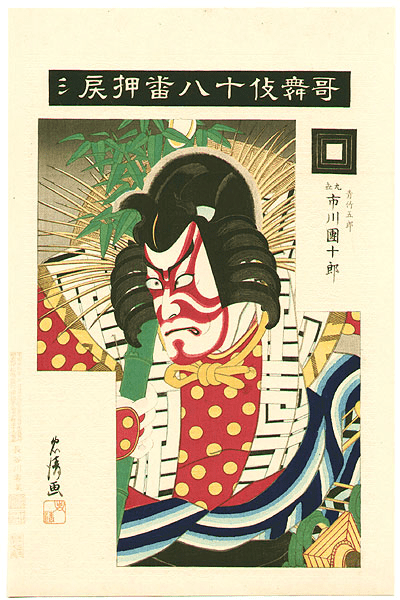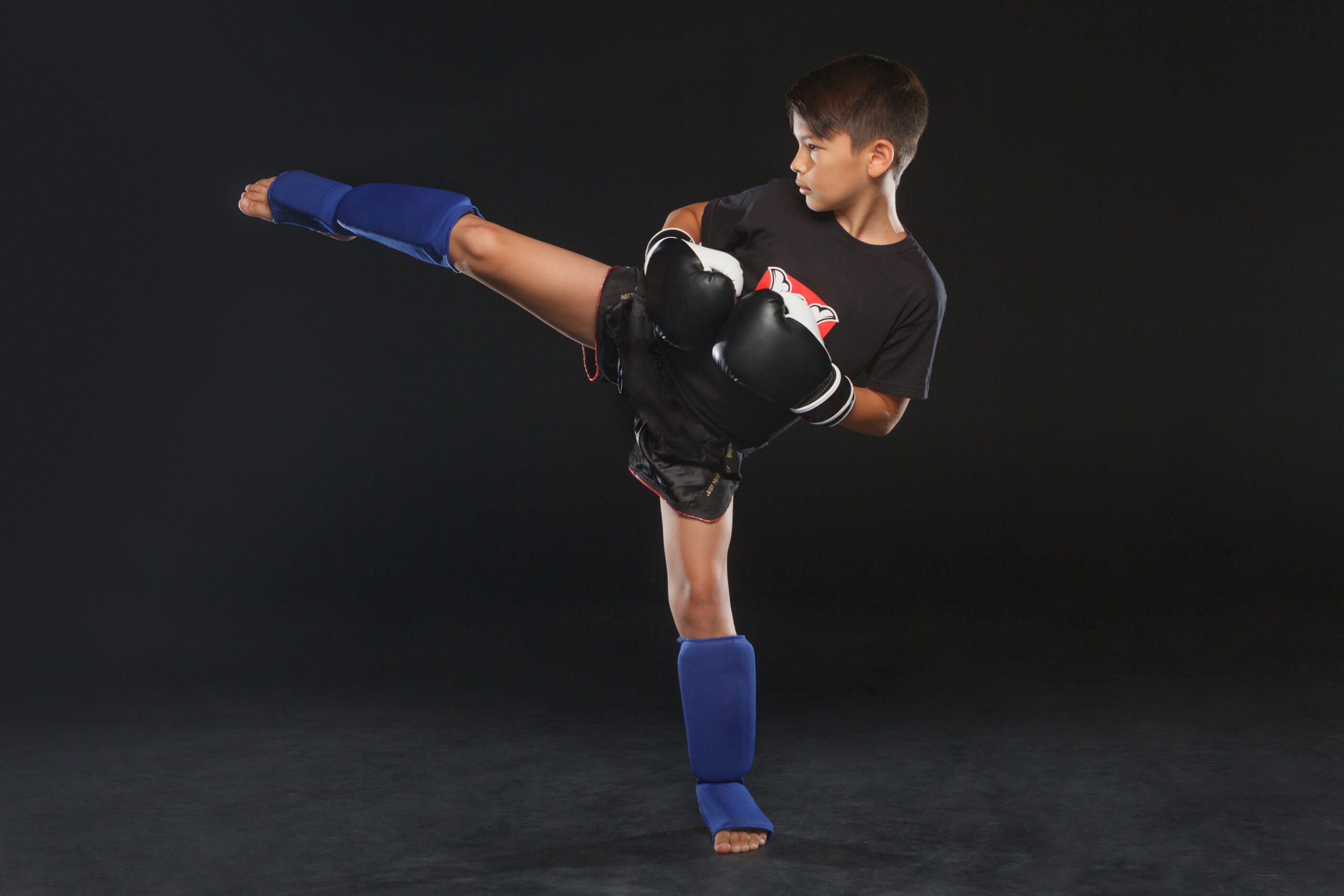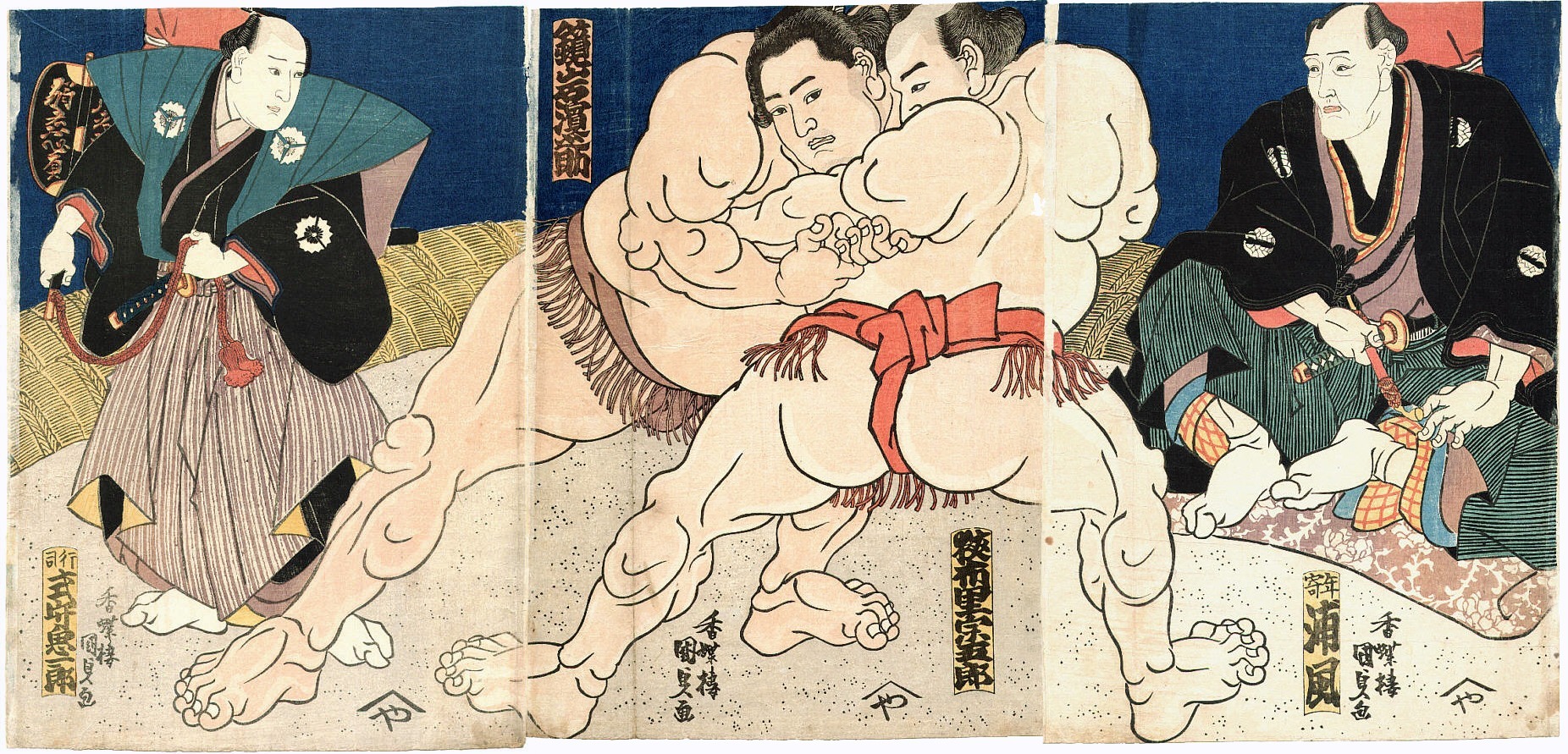
Wagoto(soft-style)・Aragoto(rough-style)
Wa-shiki style, wa-so clothing, wa-yo patterns. The word wa is used to express all things Japanese. Since ancient times, however, wa―which means harmonious or soft—alway; came coupled with its twin concept ara—which means destructive or rough. Together, they became key concepts in Japanese methodology across all disciplines.
The tendency to couple twin concepts goes back to the story of the goddess Amaterasu and her brother Susano’o, the genesis in Japanese methodology. Amaterasu represents the spirit of calm and light; Susano’o, the rough and stormy. The two may be likened to the Greek gods Apollo and Dionysos—but rather than focusing on the differences between the personalities of the deities, the Japanese chose to enjoy and accept their contrasting approaches co the world, imitating them in practice, as can be seen in the two major acting styles of kabuki, wagoto and aragoto.
Artistic and martial, body and mind, purity and impurity, boldness and sensitivity, Japanese and Chinese, East and West-all were preferred as couples and viewed as two sides of the same coin. Whether it’s Formula 1 racing cars accelerating from 0 to 100 km/h in three seconds, or practitioners of Tea sitting in a three-square-meter hut, hard and soft are always best when coupled, given equal status, and placed together side by side.
